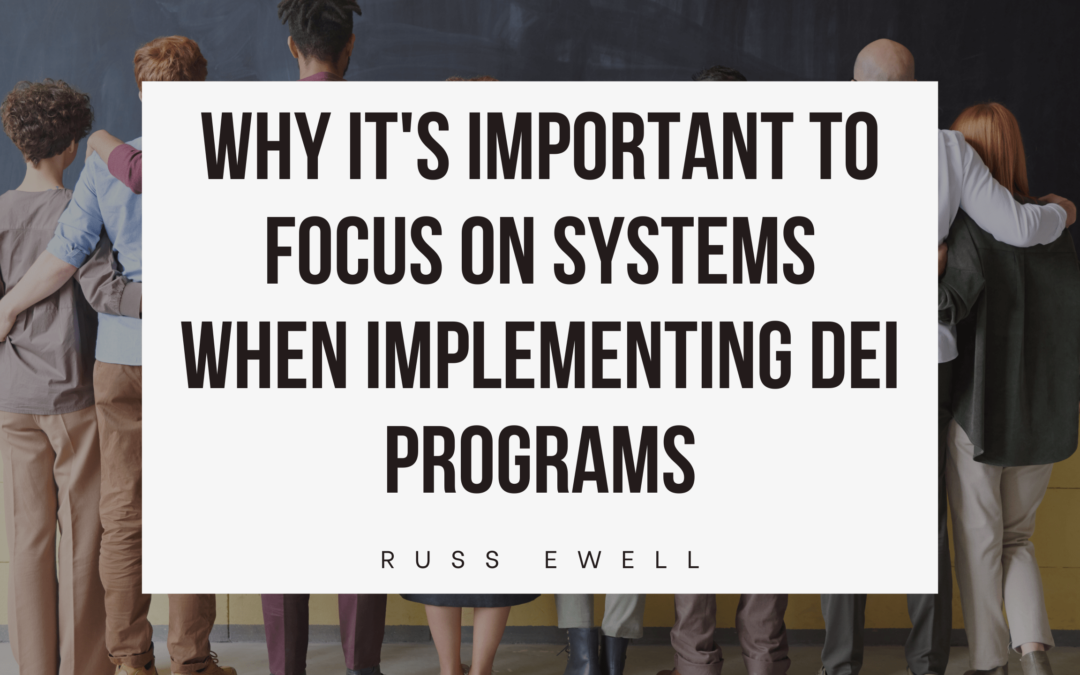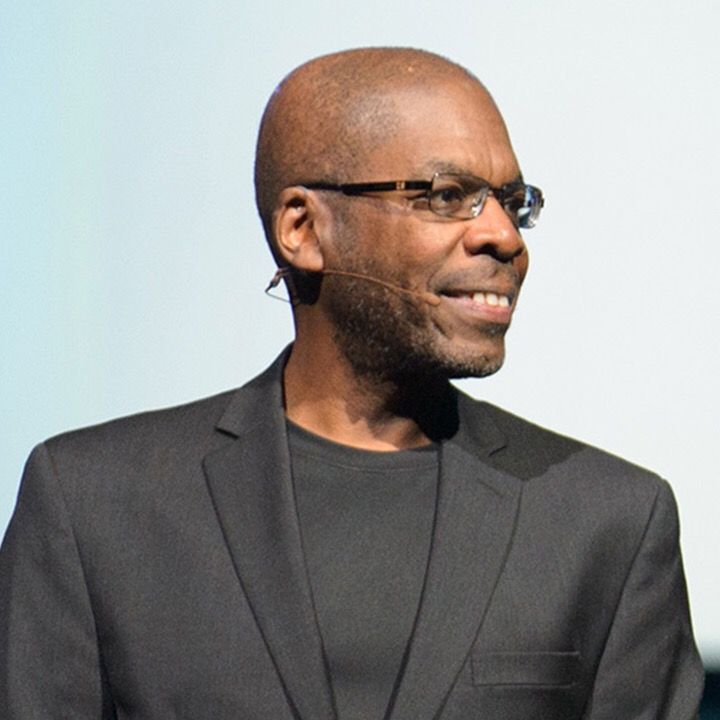In response to the criticism that the lack of action and commitment to diversity and inclusion has been a major issue in corporate America, many companies are now taking the issue of addressing inequities seriously. According to a survey, over 40% of companies have already conducted a diversity and inclusion (DEI) survey or are planning on doing so soon.
Due to the lack of effective and diverse leadership positions, many companies have started implementing mandatory DEI training programs. This has been linked to the lower levels of representation in these positions for African-American, Latin American, and Asian employees. Backlash is also reportedly a result of various equity-related social movements and policies.
Lack of diversity in the hiring process can also contribute to backlash. When it is mentioned that the hiring of a candidate is related to minority status, people tend to rate the candidate’s skills and qualifications lower. This is because when employees are presented with a business case for diversity, they tend to feel less interested in joining the company and are less likely to feel that they belong.
The main reason backlash is so prevalent when implementing DEI programs is because people are motivated to protect their self-esteem and competence by rejecting and resisting when faced with things that challenge these values.
If people are told that their interactions and language are biased, this can affect their self-esteem. If they are told that diversity and not skills were the factors that influenced their hiring, this can also affect their competence. Regardless of the assertions, these framings have a high risk of rejection, backlash, and resistance.
One of the most effective ways to avoid backlash is by framing the implementation of DEI programs as a change process instead of a change in individuals. Instead of focusing on the individual, leaders can use a framework that involves situating an organization’s inequity in something less personal, such as a policy or a process. This approach can help the workforce feel more targeted and motivated to work harder. Here are some concrete steps you can take to help successfully implement DEI initiatives.
Gather Data
Gather data from various sources, such as surveys, focus groups, interviews, and HR data, to identify areas of inequity in the work experience. This can be done through qualitative and quantitative methods, such as a survey. Besides identifying the exact reasons for the inequities, you must also understand how and why they exist.
Communicate
After identifying the areas of inequity, make a case that the current situation is inequitable. However, avoid blaming groups or individuals for the inequities. Instead, focus on the specific systems, procedures, and practices that will be implemented to fix them.
Discuss Fairness
The business case for DEI can be very divisive, as it tends to alienate certain groups. On the other hand, the rhetoric about multiculturalism can be very beneficial to certain groups. Instead of focusing on the individual, focus on the goal of making sure that all members are treated fairly.
Define Expectations
Communicating the expectations of the entire organization is very important, as it affects the success of every initiative. This includes the goals of the program, the number of incidents of microaggressions, and the expectations of the members for accountability. You can also highlight the various resources available to all employees, such as leadership coaching and learning resources.
Celebrate Success
To celebrate the success of a DEI program, regularly highlight the achievements of all stakeholder groups while also celebrating the contributions of all employees. This can be done through the use of metrics related to the program. After celebrating the achievements, follow up with a follow-up meeting to review the progress and identify the next steps.
Leaders must first understand the obstacles that prevent them from fully addressing the issues that prevent them from achieving their goals. Understanding the various nuances of inequity can help them make informed decisions and implement effective programs. One of the most important factors that leaders can consider when addressing the issue is the desire to be seen as competent, dignified, and good.

